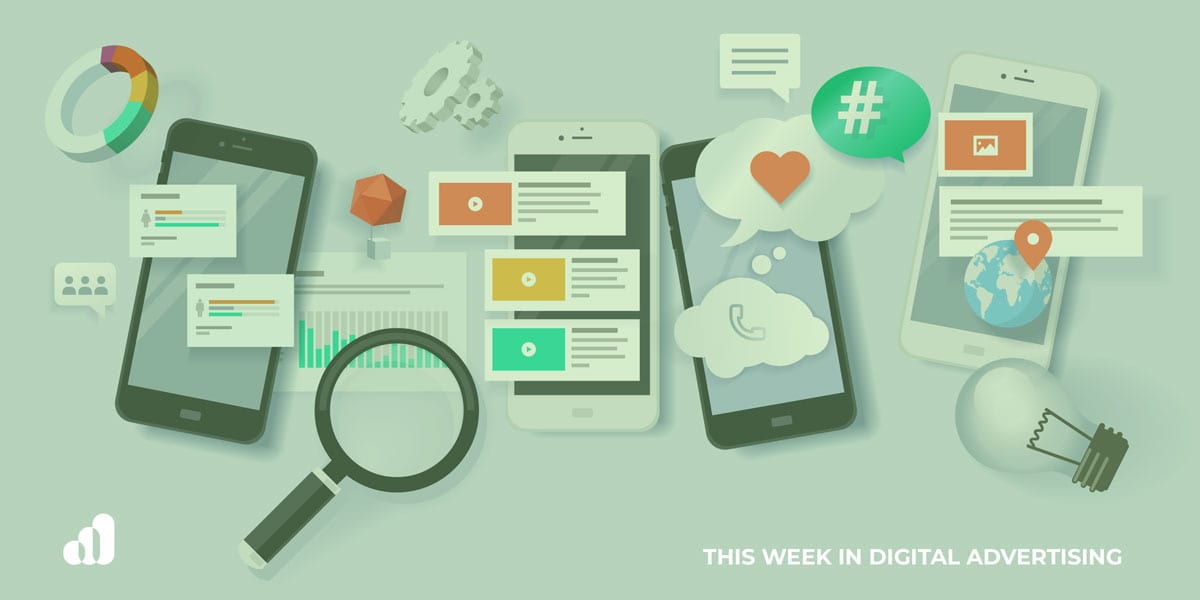Medical Practice Marketing Multi-Channel Investment
There are so many different ways to market your medical practice. Digital marketing has grown immensely over the past several years. Splitting budgets between traditional marketing tactics and digital marketing, ppc, and other online marketing efforts can seem daunting. So the question becomes “How does my business achieve the max ROI for our marketing efforts?” We’ve worked with a number of medical practices who have taken the multi-channel approach investment. By diversifying your marketing budget across multiple channels, your practice will have the opportunity to increase its web presence, drive brand awareness in your local market, and generate a healthy pipeline of prospective patients. When using this marketing approach it’s important to keep your logo, name, and general branding consistent across all channels. If you know your audience, it will be much easier to select channels people are more comfortable with and more likely to interact with your brand.
Paid Search
If users want to learn more about your medical practice, chances are they will Google you before doing anything else. Targeted advertising can help your team generate a higher quality lead volume. Results and tracking can be implemented to help you measure an ROI for these efforts. This type of digital marketing works for all budget types and can be paused and restarted at anytime. Our team has worked with a number of local medical practices and has helped drive qualified traffic to medical practice websites.
Paid Social
Social advertising also has targeting features to make sure your ads are being shown to the correct audience. Social media advertising can help build relationships with prospective patients and encourage engagement from those who could be interested in your practice. There are a number of different solutions for advertising on social media. You can create successful campaigns that drive results on any type of budget that’s available.
Search Engine Optimization
Content is king. Having lots of content revolving around your practice and services can be a huge factor in organic search results and improving search engine optimization (SEO). If you’re strained for time hiring a free-lance content writer can be a great addition to your blog or other web pages. The more information you can provide around your medical practice, the better informed your potential patients will be.
Direct Mail
Although digital marketing has taken part of the direct mail market share its still an important aspect for any marketing campaign. One of the first things you should do is select an audience you are trying to target and make sure there is a clear call to action on the mailing piece. Adding a promo code for a free consultation or visit can help support your multi-channel efforts.
TV/Radio
If you know your target audience consumes television and radio this could be a great way to reach them. By using a hashtag on a television ads or calling out a website in radio ad copy could help support the other multi channel functions of your marketing campaign.
To round out the multi channel approach marketing strategy email marketing can help drive engagement. Grab the attention of readers with compelling call to action, images, videos, and GIFS. You can send special offers and program details to help promote your business. Feature a section of your website for active users to subscribe to your newsletter or other email communications to continue communications with patients.
Multi-channel marketing is not a one size fits all approach for your business. Some channels might not fit your target audience. It’s figuring out which tactics will work for your medical practice marketing strategy for max ROI. This approach can grow your brand recognition, bring higher conversion rates, and untimely bring in more patients.





